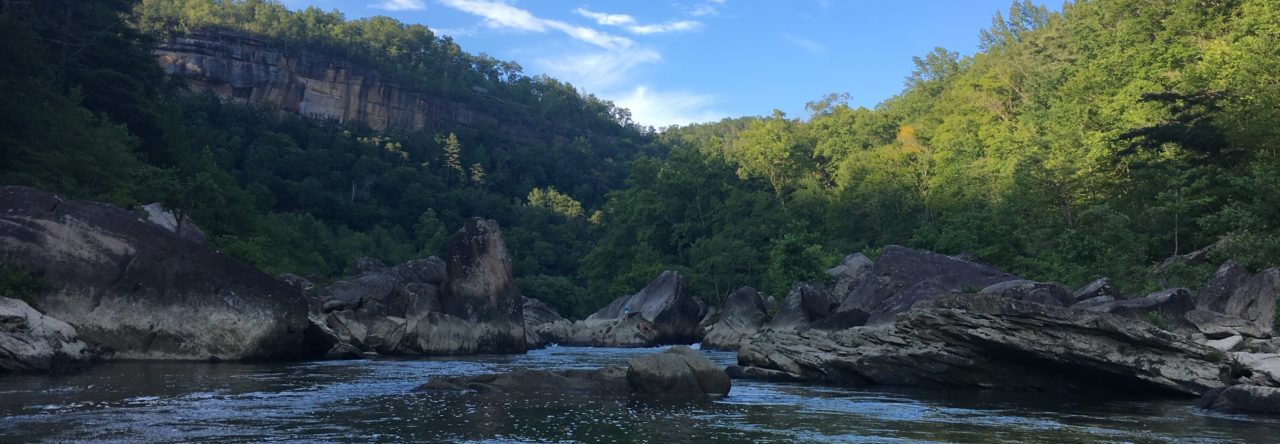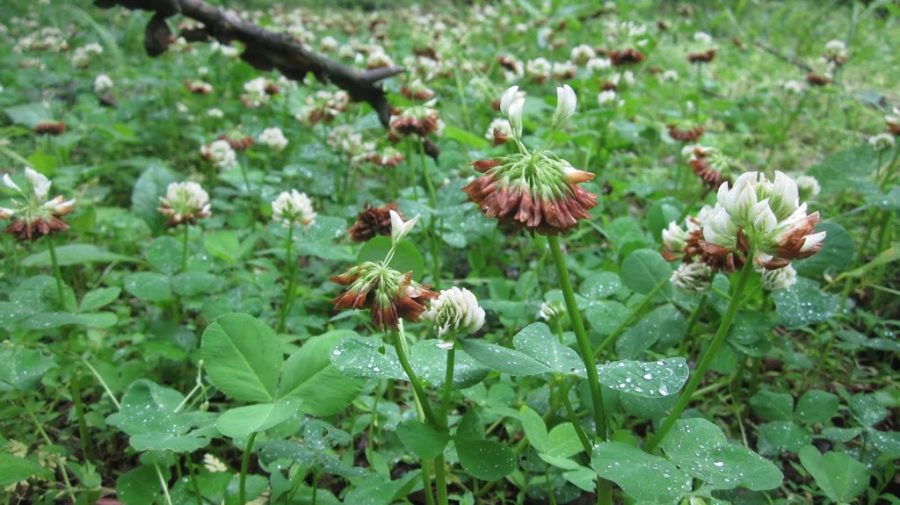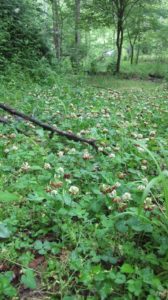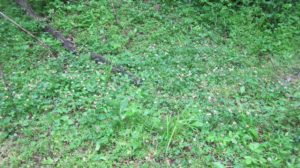 This is my first post. I figure that is about time that I start putting all of my projects and thoughts onto paper (or computer screen) because I think it is all so fascinating, and I am sure there are others out there that will think this too.
This is my first post. I figure that is about time that I start putting all of my projects and thoughts onto paper (or computer screen) because I think it is all so fascinating, and I am sure there are others out there that will think this too.
Today I went to a running buffalo clover (Trifolium stoloniferum) site today with Deb White, a fellow botanist and good friend. This site is in Clark County, and I have been monitoring it annually for 5 years (2006-2011), typically in May. The plants occur along a small stream in the headwaters of Upper Howard’s Creek, a stones through from Boonesboro, Daniel Boones hunting grounds. It is pretty weedy, invasive plants including Japanese stilt grass, garlic mustard, bush honeysuckle, and a few other unwanted plants that are familiar in the Bluegrass. I had tryed the first few years to work on controlling the invasives, but the problem was beyond my efforts. The number of running buffalo clover plants were fluctuating year to year in ways that I didn’t understand, ranging between 100-300 rooted crowns
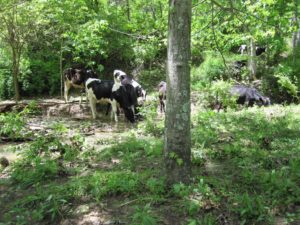 surveyed the clover plants with 8 new dairy cows, who were also quite friendly. These cows had trampled the area so much that little vegetation existed. There was lots of bare dirt. In addition, the heavy rainfall in
surveyed the clover plants with 8 new dairy cows, who were also quite friendly. These cows had trampled the area so much that little vegetation existed. There was lots of bare dirt. In addition, the heavy rainfall in 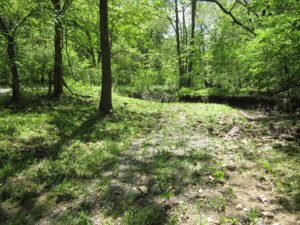 that particular area in early May 2010 had created visible scour along the banks, just where the clover plants grew. There was still lots of clover plants that were surviving the trampling and scouring of their habitat. But…
that particular area in early May 2010 had created visible scour along the banks, just where the clover plants grew. There was still lots of clover plants that were surviving the trampling and scouring of their habitat. But…This year, the plants just exploded. They quadrupled in number of rooted crowns. There were over 1000 flowers, where usually there had been 200 or less. Many runners were over 2 feet long. I have never seen a nearly solid carpet of flowering running buffalo clover in such a large area, possible over 20x 10 meters! But the invasives were evident everywhere. Young Japanese stilt grass was dominant, and chinese yam had showed up this year, a few plants scattered along the floodplain. This is the running buffalo clovers response to a year of major disturbance. A response to disturbances from floods, trampling by cattle, and competition (or lack there of?) from other plants. Perhaps I should invite the cattle back to the site at the end of the summer after the running buffalo clover flowers senesce, so the the cattle can help create a barren disturbed area for new seeds to germinate, or maybe help aid in the rooting of runners sent out by individual plants. Well see what happens next year…
